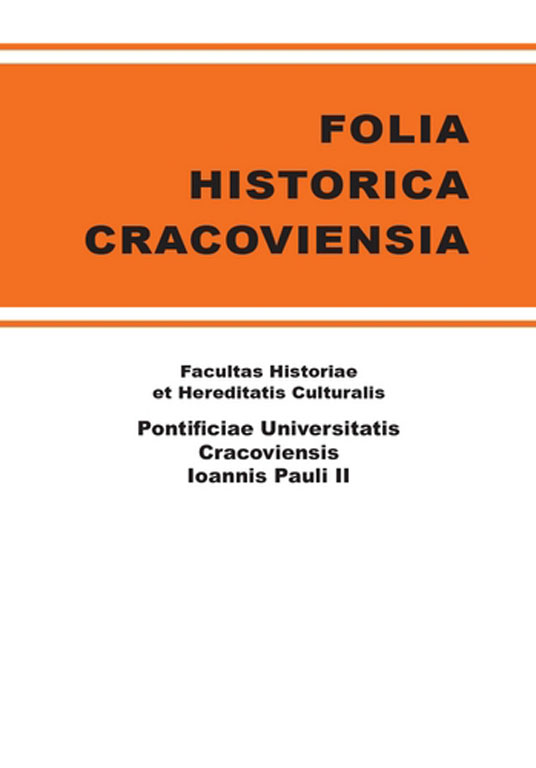Polityka Jana Pawła II wobec Kościołów za żelazną kurtyną w drugiej połowie lat osiemdziesiątych XX wieku
The policy of John Paul II towards the churches behind the Iron Curtain in the second half of the 20th century
Author(s): Tadeusz KopyśSubject(s): Political history, Politics and religion, History of Communism, Cold-War History
Published by: Wydawnictwo Naukowe Uniwersytetu Papieskiego Jana Pawła II w Krakowie
Keywords: the policy of John Paul II; the Iron Curtain; the Church
Summary/Abstract: The declining years of the communist regimes towards the end of the 80s as well as the on-going process of a thaw in political relations was also reflected in the Vatican’s policy towards Christians in Eastern Europe. The task was not easy as the hierarchs of the Orthodox Church in Russia were afraid of ecumenical slogans propagated by the pope. They even presented their own, competitive ideas, whose aim was to discredit John Paul II’s diplomatic efforts. The Pope’s policy towards churches in other European countries (Hungary, Czechoslovakia, Poland) did not assume a common approach as the fate of Christians there was shaped independently from each other and even with certain respect granted by the Kremlin towards the uniqueness of each country. The key aspect of John Paul II’s policy towards the countries of Eastern Europe was the pursuit of spiritual renewal of Christianity in the East, which was supposed to be started with the pilgrimage to the USSR (Ukraine, Moscow and Lithuania).
Journal: Folia Historica Cracoviensia
- Issue Year: 18/2012
- Issue No: 1
- Page Range: 271-284
- Page Count: 14
- Language: English, Polish

